MICE special program
Model Course
A course to visit the local history
This course introduces the history and tradition of the town that once flourished for its famous textile. The Kenban tour is especially popular among overseas visitors, as it offers a rare opportunity to learn about Japanese culture through experiencing the work of geishas.
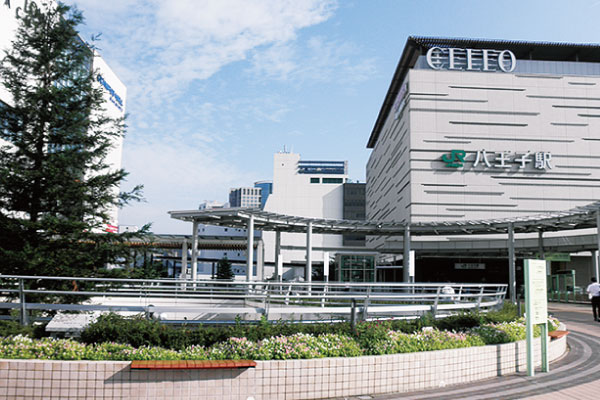
JR Hachioji Station or Keio-hachioji Station

The beauty of Hachioji textiles
Hachioji Textile Industrial Association (Association store Beneck)
The tradition of Hachioji textiles is passed on while also developing new technologies. Neckties, cloth, stalls, and traditional Tamaori (Tama woven fabrics) are made. Various items created with special techniques are available at the association store Beneck.

Traditional restaurants serving Japanese cuisine, sukiyaki, shabu shabu
Sakafuku
A traditional restaurant with over 100 years of history, serving sukiyaki that uses specially selected wagyu beef. Daily special lunch menus are offered in the lunch room.
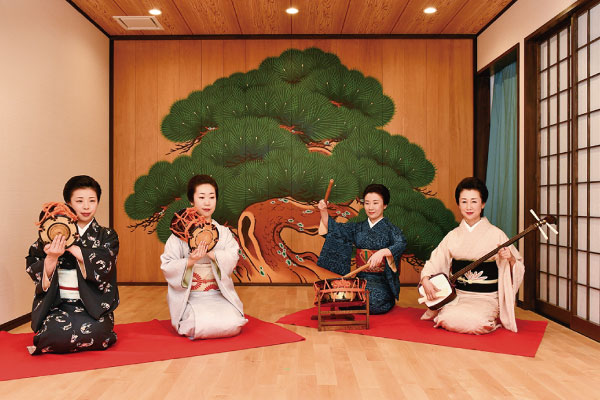
A rare glimpse of behind the scenes in a geisha quarter
Hachioji Geisha Kenban Tour
The Kenban is where the geishas of Hachioji rehearse, while there are also offices that make arrangements for geishas. It is a place that people usually don’t get to see. Take a look at what goes on behind the scenes in a geisha quarter.
※ Please contact the Hachioji Visitors & Convention Association beforehand if you wish to join the Kenban tour.

“Kimonos for enjoyment” are popular among young people
Sakamoto Gofukuten
This is a clothing store that mainly sells kimonos that can be worn and enjoyed in daily life. There are many colorful Japanese-style items available in the store.
Recommended!
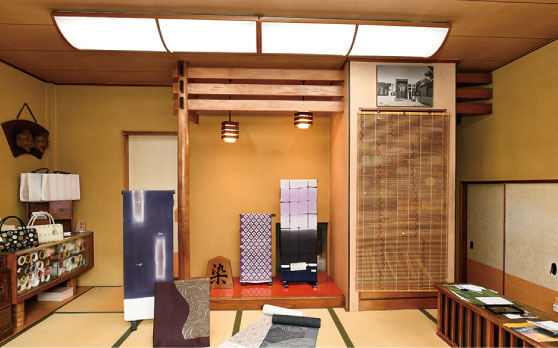
Kimono no Nishimuro
A clothing store with over 100 years of history. The concept of this store is providing kimonos that help to enrich daily moments.
Freely stroll around town
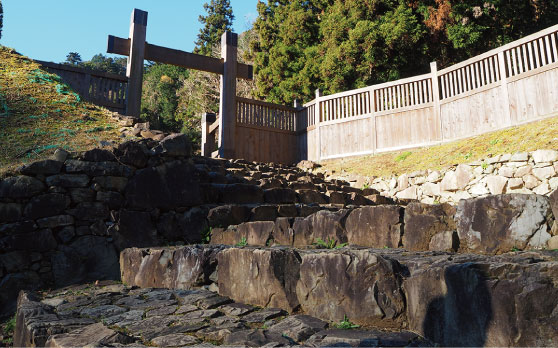
Hachioji Castle Ruins
This was one of the most famous mountain castles in the Kanto region, built by Hojo Ujiteru, the son of Hojo Ujiyasu, the third lord of the Hojo clan. It is selected among Japan’s Top 100 Castles by the Japan Castle Foundation.

Musashi Imperial Graveyard
This imperial graveyard is where Emperor Taisho and Emperor Showa are buried. It has also been referred to as the Tama Mausoleum. One of the 88 sights of Hachioji.
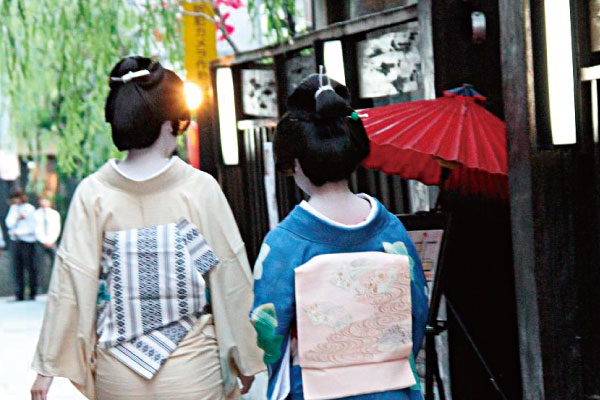
An area that preserves the traditional sight of the brilliant geisha quarter to this day
Hachioji geisha quarter/Kurobei-dori Street
This is the only geisha quarter in the Tama region that once flourished from the Taisho period until after the war. The area has recreated a beautiful town with an atmosphere of Edo.
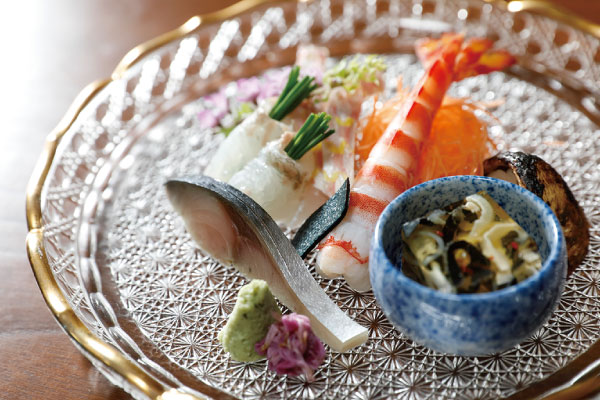
Preserving the traditional tone of the geisha quarter and serving seasonal dishes
Suzuka
This is an establishment with a calm, elegant ambiance and seasonal cuisine that are served by geishas.
Recommended souvenir of this course!

Necktie
Hachioji Textile Industrial Association/Association store Beneck
Neckties of the Mulberry City brand, scarfs, and other Japanese style items are regularly on display and sold for direct sales prices at Beneck. The store is also famous for its innovative approaches, such as releasing new products by seeking designs from students.
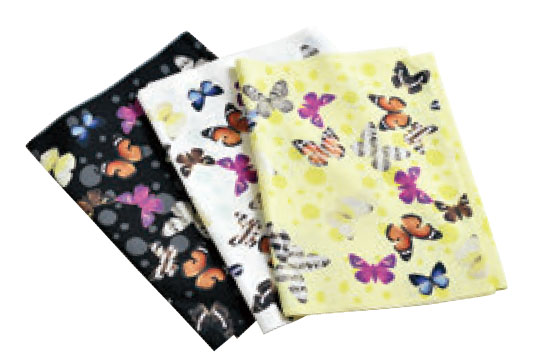
Original obi sash
Sakamoto Gofukuten
The “namintom” can be worn together with casual kimonos. It is an item for enjoying variations with Japanese style clothes.
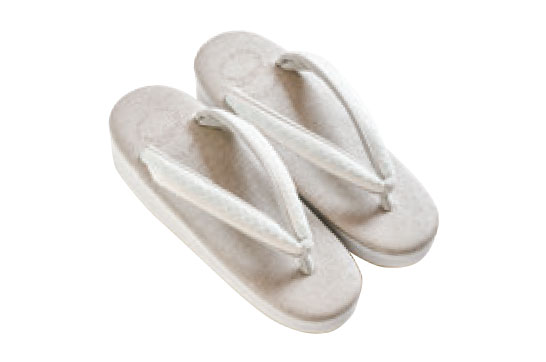
Zori sandal Calen Blosso
Sakamoto Gofukuten
This is a comfortable zori sandal that can be worn like sneakers. A popular item that can be worn throughout the day.


